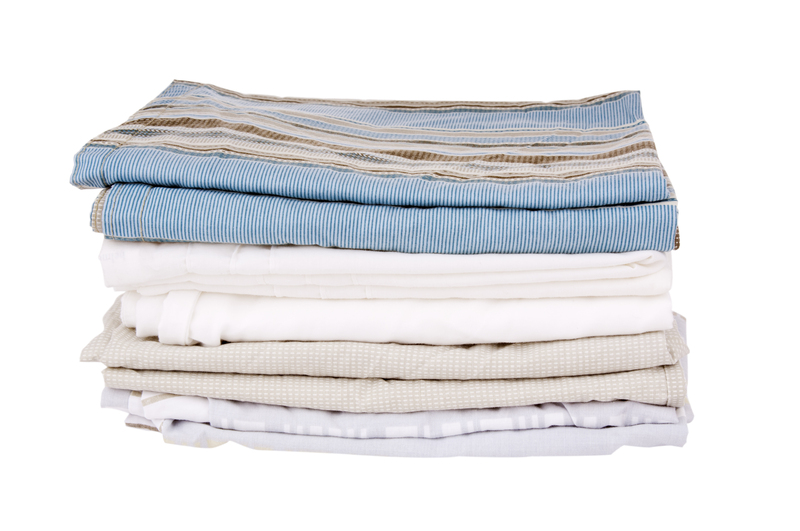Skip Bag Dimensions Explained
Posted on 01/07/2025
When tackling a big cleaning or renovation project, having the right waste disposal solution is crucial. Skip bags, also known as skip bins, are an efficient and cost-effective way to manage your waste. However, understanding the various dimensions of skip bags is critical to selecting the right size for your needs. This article explains skip bag dimensions, shedding light on their usage, types, and essential details.
Why Skip Bag Dimensions Matter
Selecting the correct skip bag size can make a significant difference in the efficiency and cost-effectiveness of your project. Oversized skip bags can result in wasted money, whereas undersized ones can lead to the inconvenience of multiple disposals.

Standard Skip Bag Sizes
Skip bags come in various sizes, typically measured in cubic yards. Common skip bag sizes include:
- Small (Mini) Skip Bags: Usually around 1-2 cubic yards. These are ideal for small domestic projects like garden clearance or minor DIY tasks.
- Medium Skip Bags: Ranging from 3-4 cubic yards, these are suited for moderate household clearances or small-scale renovations.
- Large Skip Bags: Typically ranging from 5-8 cubic yards, these bags can accommodate larger renovation projects or extensive clear-outs.
Skip Bag Dimensions in Feet and Meters
For a better understanding, here are the approximate dimensions of common skip bag sizes in both feet and meters:
- Small Skip Bags (1-2 cubic yards)
- Size in feet: 3ft x 2.5ft x 3ft
- Size in meters: 0.9m x 0.75m x 0.9m
- Medium Skip Bags (3-4 cubic yards)
- Size in feet: 6ft x 4ft x 3ft
- Size in meters: 1.8m x 1.2m x 0.9m
- Large Skip Bags (5-8 cubic yards)
- Size in feet: 10ft x 6ft x 4ft
- Size in meters: 3m x 1.8m x 1.2m
Factors to Consider When Choosing a Skip Bag
There are several factors to consider when selecting a skip bag for your project:
1. Type of Waste: Different types of waste materials have varying volume and weight.
2. Amount of Waste: Estimate the total volume of waste to be disposed of to choose an appropriately sized skip bag.
3. Space Available: Ensure that the location where you plan to place the skip bag has enough space.
4. Accessibility: Consider how easy it will be to load the skip bag, especially if it is large or heavy.
Regular Skip Bags vs. Heavy-Duty Skip Bags
Skip bags also vary in terms of durability. Regular skip bags are suitable for light to medium waste, whereas heavy-duty skip bags are designed to handle bulkier, heavier materials such as rubble, bricks, or soil.
Pros and Cons of Using Skip Bags
Pros:
- Convenience: Easy to use and portable.
- Flexibility: Available in various sizes to fit different needs.
- Cost-Effective: Often cheaper than hiring a traditional skip bin.
- Environmentally Friendly: Encourages proper waste disposal and recycling.
Cons:
- Weight Limitations: Larger, heavier waste might require multiple bags.
- Collection Schedule: Depends on the service provider's schedule.
- Space Requirements: Requires adequate space for placement.
Tips for Using Skip Bags
1. Plan Ahead: Estimate the amount of waste in advance.
2. Place Smartly: Position the skip bag in an accessible, yet out-of-the-way location.
3. Do Not Overfill: Follow the fill line and weight restrictions to avoid additional charges.
4. Sort Waste: Separate recyclables, hazardous materials, and general waste to streamline disposal.

Takeaways
Understanding skip bag dimensions is critical for effectively managing waste during your project. Accurate knowledge of bag sizes ensures you select the most cost-effective and convenient option.
Conclusion
Choosing the right skip bag for your needs can simplify your waste disposal process, making your project smoother and more efficient. By considering the type and amount of waste and the space available, you can make an informed decision. With this knowledge, you are now better equipped to tackle your next big project confidently.










